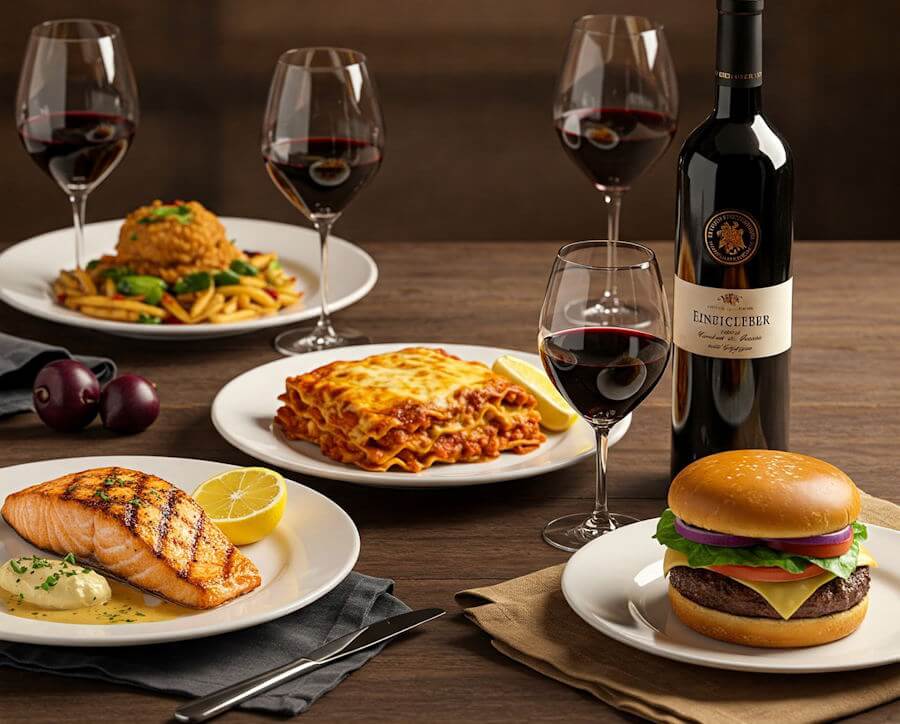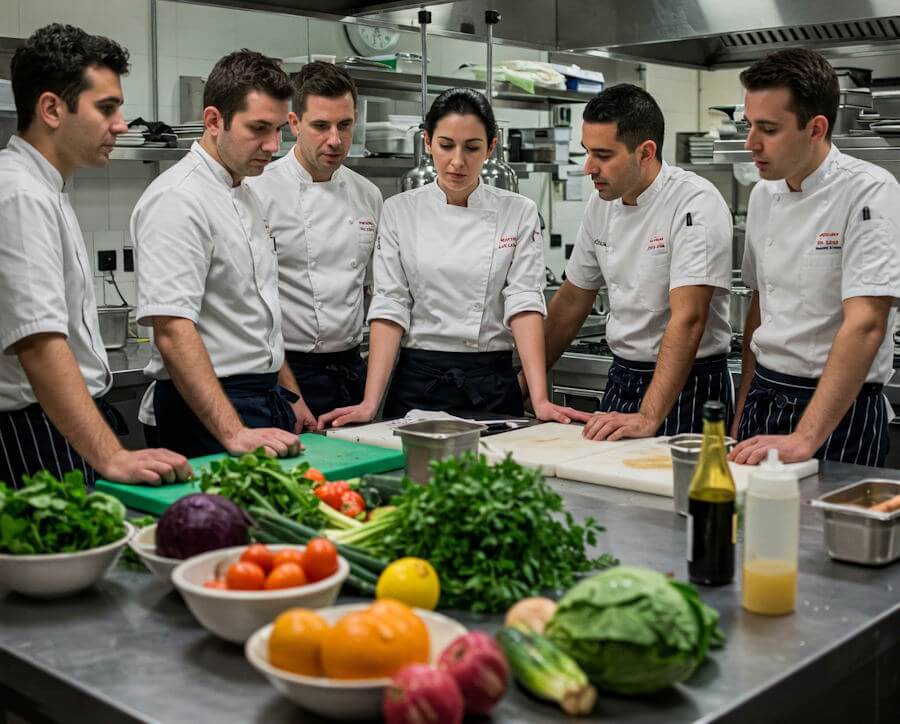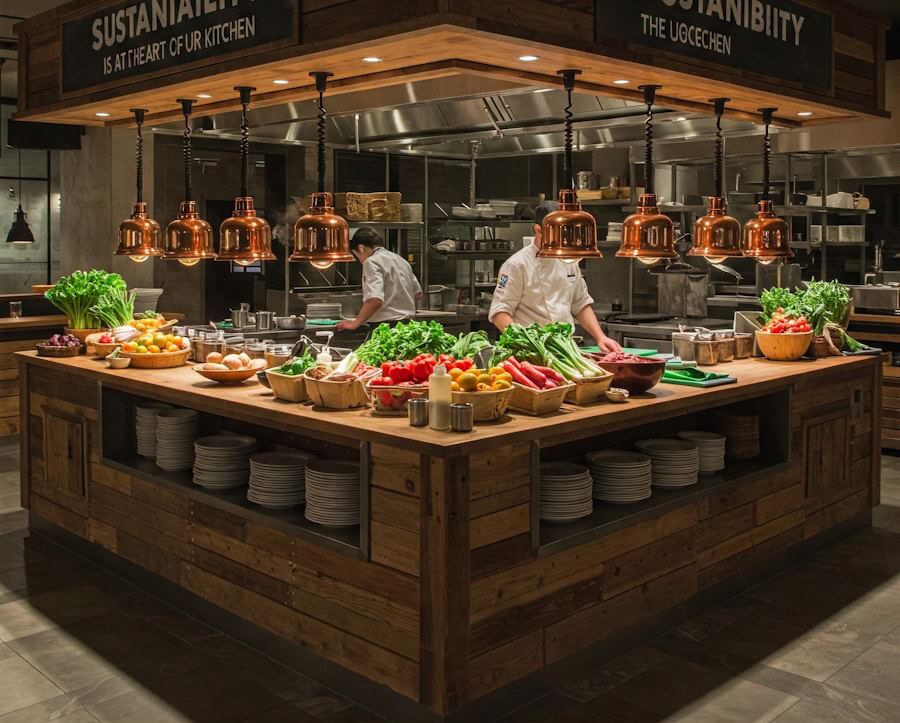Wine pairing is a nuanced art that significantly enhances the overall dining experience. It involves selecting a wine that complements or contrasts with the flavors of a meal, ultimately transforming an ordinary meal into a remarkable culinary experience. The harmony between wine and food is essential; the right pairings can elevate taste perceptions, making each sip of wine and every bite of food more enjoyable.
Understanding wine pairing requires an appreciation of the characteristics of both the wine and the dish. Key components such as flavor intensity, acidity, sweetness, and tannins all play vital roles in creating a balanced pairing. For instance, wine with high acidity can cut through the richness of a dish, while a wine with a similar flavor profile as the meal can enhance its core flavors. This synergy between food and wine is essential for maximizing pleasure during a meal.
There are various strategies to consider when pairing wines with food. A classic approach is to align complementary flavors, such as matching a spicy dish with a slightly sweet wine to balance heat. Alternatively, contrasting flavors can create an interesting dynamic; for example, pairing a robust red wine with a delicate fish might surprise the palate in an inviting way. Additionally, considering the regional profiles can provide guidance, as many wines are produced to complement local cuisines.
A successful wine pairing invites guests to engage deeper with each course, fostering a memorable dining experience. Given that certain meals are savored more distinctly when accompanied by suitable wine choices, recognizing the intricacies of this art can significantly enhance any culinary occasion. Thus, an exploration of specific pairings will illustrate how uniting food and wine can create powerful sensory experiences.
Why Pair Wine with Food?
Pairing wine with food is an art that enhances the overall dining experience by harmonizing the flavors and aromas present in both. This culinary practice not only elevates the taste of individual dishes but also promotes a deeper appreciation for the meal itself. The combination of wine and food can create a delightful synergy, wherein the wine amplifies the inherent flavors of the food while simultaneously offering a refreshing contrast that cleanses the palate.
One of the primary benefits of wine pairing is its ability to accentuate key flavors in a dish. For instance, a vibrant Sauvignon Blanc can complement the citrus notes in a seafood dish, while a full-bodied Cabernet Sauvignon can enhance the rich flavors of aged steak. Such pairings contribute to a more enjoyable sensory experience, making meals memorable occasions. As diners explore different combinations, they often discover new tastes that they might not have appreciated in isolation.
Furthermore, the science of taste interactions plays a crucial role in successful wine pairings. Flavor compounds in food and wine can either clash or blend, impacting the overall perception of taste. For example, high acidity in both a wine and a dish may cause flashes of freshness, while a tannic red can soften the richness of fatty foods. Understanding these complexities allows for more informed choices, eliminating common misconceptions like the belief that red wine should only be served with red meat.
When approached mindfully, wine pairing transforms a simple meal into a multi-faceted culinary experience. Not only does it encourage experimentation and creativity in the kitchen, but it also invites diners to engage with their food and beverage choices on a deeper level, celebrating the delightful interplay of flavors that these pairings can offer.
Pairing 1: Chicken Alfredo and Chardonnay
Chicken Alfredo is a delightful creamy pasta dish that marries tender chicken with a rich, velvety sauce. Its decadence makes it essential to choose a wine that both complements and elevates the flavors of the meal. One of the ideal pairings for Chicken Alfredo is Chardonnay, a wine known for its varied flavor profiles and textural qualities. Chardonnay often exhibits crisp acidity alongside buttery notes, making it a harmonious match for the creaminess of the Alfredo sauce.
The acidity in a good Chardonnay serves to cut through the richness of the dish, creating balance and enhancing the overall dining experience. When selecting a Chardonnay for this pairing, it’s beneficial to consider wines that have undergone malolactic fermentation. This process contributes to the buttery flavor and creamy mouthfeel, perfect for aligning with the silky texture of Chicken Alfredo. Unoaked Chardonnays are also excellent choices; their fresher fruit notes can offer a bright contrast to the dish without overwhelming its flavors.
Regions such as California, particularly Napa Valley, are renowned for producing outstanding Chardonnays. These wines often exhibit a range of flavors from ripe peach and apple to tropical fruit and vanilla, all of which can bring out the delicious flavors of the Alfredo sauce. For an ideal experience, serve the Chardonnay slightly chilled to enhance its refreshing qualities as you savor each bite of Chicken Alfredo. The goal is to create a seamless blend of the wine and the dish, allowing both to shine in their own right while complementing one another beautifully.
Pairing 2: Beef Stroganoff and Merlot
Beef Stroganoff is a classic dish known for its creamy texture and rich flavors. This savory meal is traditionally prepared with tender strips of beef, sautéed onions, and mushrooms, all enveloped in a luscious sauce made from sour cream or crème fraîche. The complexity of flavors in Beef Stroganoff pairs remarkably well with Merlot, a red wine celebrated for its soft tannins and smooth finish. When crafting the perfect pairing, it is essential to consider how the characteristics of Merlot can elevate the overall dining experience.
Merlot’s fruity notes, which often include hints of cherries, plums, and blackberries, harmonize beautifully with the savory components of Beef Stroganoff. The wine’s moderate acidity helps to cut through the creaminess of the sauce, offering a balance that accentuates the dish’s richness without overpowering it. Furthermore, the velvety mouthfeel of Merlot complements the tender beef, enhancing the overall texture and flavor profile of the dish. For an exceptional pairing, consider selecting a Merlot from renowned regions such as Napa Valley or Bordeaux, known for producing wines that exhibit depth and complexity.
Specific Merlot bottles that have garnered acclaim and would make a splendid accompaniment to Beef Stroganoff include the ’16 Stags’ Leap Winery Merlot, celebrated for its ripe berry flavors and smooth tannins, and the ’18 Duckhorn Merlot, which offers a layered experience with notes of cocoa and espresso, perfectly matching the dish’s depth. By choosing the right Merlot, diners can enjoy a thoughtfully curated experience where the wine and dish underscore each other’s best qualities, transforming a simple meal into an indulgent dining occasion.
Pairing 3: Spicy Tacos and Sauvignon Blanc
When it comes to pairing spicy tacos with wine, Sauvignon Blanc stands out as an exceptional choice. The vibrant acidity and refreshing flavors of this white wine create a perfect balance with the heat of the spices commonly found in tacos. Every taco style brings its own unique flavors and heat levels, and discovering how to harmonize these with a suitable Sauvignon Blanc can elevate the dining experience significantly.
One popular taco style that pairs wonderfully with Sauvignon Blanc is the classic fish taco. The zesty lime and cilantro typically found in these tacos complement the wine’s citrus notes seamlessly, while its acidity cuts through the richness of the fish. On the other hand, tacos featuring bold spices, such as chipotle or jalapeño, will find a worthy match in a Sauvignon Blanc with a slight herbal character, bringing an enlightening contrast to the heat.
For meat lovers, tacos filled with seasoned chicken or pork can also benefit from the lively attributes of this wine. As the spices and seasonings coat the meat, the crispness of the Sauvignon Blanc acts as a palate cleanser, allowing for a more enjoyable tasting experience with every bite. Additionally, if the taco filling includes elements like grilled vegetables or a fresh salsa, the vibrant acidity of the Sauvignon Blanc will enhance these flavors, bringing out the freshness of the dish.
When selecting a particular bottle, those from regions such as New Zealand or California often present the bright and zesty characteristics that complement a variety of spicy taco preparations. In conclusion, the combination of spicy tacos and Sauvignon Blanc offers a delightful exploration of textures and flavors, making it an ideal pairing for any taco lover seeking to enhance their meal through thoughtful wine selection.
Pairing 4: Grilled Salmon and Pinot Noir
Grilled salmon is a versatile dish that boasts a rich, buttery flavor and a pleasant smoky essence when prepared on the grill. One of the best wine pairings for this seafood favorite is Pinot Noir, a red wine renowned for its delicate profile and nuanced complexity. The moderate tannins and balanced acidity of Pinot Noir provide a perfect complement to the salmon, enhancing its natural flavors while avoiding overwhelming it.
The subtle fruit notes in Pinot Noir, such as cherry, raspberry, and cranberry, harmonize well with the savory characteristics of grilled salmon. This variety of wine typically showcases earthy undertones, which can echo the smoky qualities of the grill, creating a delightful synergy on the palate. When selecting a Pinot Noir for your grilled salmon, consider a bottle from cooler climates, such as Oregon or Burgundy, as these regions produce wines with vibrant acidity and refined flavors that elevate the dish.
To achieve the best flavor balance, it is vital to consider the specific preparation of the grilled salmon. If the dish is seasoned with herbs or accompanied by a citrus glaze, look for a Pinot Noir that has pronounced acidity to brighten the meal. Conversely, a more robust Pinot with deeper fruit flavors can be suitable for salmon brushed with a spice rub or a teriyaki glaze. Regardless of the specific preparation method, allowing the wine to breathe for a short period before serving can further enhance the tasting experience, allowing the aromatic layers of the Pinot Noir to unfold. In choosing the right Pinot Noir, you will create a harmonious dining experience that highlights the exquisite qualities of both the grilled salmon and the wine.
Pairing 5: Chocolate Cake and Port Wine
Chocolate cake is often revered as a quintessential dessert, tantalizing the palate with its rich flavors and sumptuous texture. When it comes to selecting a suitable wine pairing that can accentuate the experience of indulging in a slice of this beloved confection, Port wine emerges as an exceptional choice. The nature of Port, with its sweet and fortified profile, complements the deep cocoa notes intrinsic to chocolate cake, transforming a simple dessert into a luxurious treat.
The sweetness found in various Port wines effectively balances the richness of the chocolate. It is this harmony of flavors that enhances the overall gastronomic experience. Ruby Port, in particular, is a vibrant option, characterized by its fruity undertones and luscious body. This wine, crafted from red grapes, boasts notes of cherries, raspberries, and plums, making it a delightful counterpart to the decadent chocolate. As you take a sip, the vibrant sweetness of the Ruby Port accentuates the cake’s flavor while simultaneously providing a refreshing contrast.
For those who prefer a more complex pairing, a Tawny Port may be worth exploring. This variety, aged in wooden barrels, develops a rich tapestry of flavors, including caramel, nuts, and dried fruits. The nutty richness and velvety finish of Tawny Port enhance the cake’s flavor profile, creating an unforgettable combination. Additionally, the oxidative aging process grants Tawny Port a delightful aroma that further elevates the overall dessert experience.
Whether enjoying a slice of standard chocolate cake or opting for variations such as dark chocolate or mocha, Port wine remains an exceptional companion. Its robust flavor and inherent sweetness make it an ideal choice for anyone looking to heighten their dessert experience. By selecting the appropriate Port wine, one can indeed create memorable moments centered around the simple pleasure of chocolate cake.
Tips for Successful Wine Pairing
Wine pairing can enhance the dining experience by complementing the flavors of food, creating a balance that elevates both the dish and the drink. One key element to consider is the importance of balance. When pairing wine and food, aim to match the intensity of the wine with the dish. For example, a robust red wine pairs well with hearty dishes, while a delicate white wine suits lighter fare. By achieving alignment in flavor intensity and complexity, you provide a more harmonious dining experience.
Another aspect worth considering is regional pairing. Often, wines and food from the same region complement each other remarkably well. For instance, Italian Chianti is a classic match for traditional Italian pasta dishes, while a crisp Sauvignon Blanc from New Zealand pairs excellently with seafood. This principle of regional harmony stems from the tendency of local cuisines and wines to evolve in tandem, often reflecting similar flavor profiles, which can lead to satisfying and cohesive pairings.
Personal preferences, however, should not be underestimated. Individual tastes play a crucial role in wine pairing, and it is essential to trust your own palate. Whether you prefer sweet, fruity wines or dry, tannic options, experimenting with different combinations can lead to delightful surprises. Don’t be afraid to diverge from conventional wisdom; a unique pairing might suit your taste better than established norms. Wine tasting is a subjective experience, and thus, enjoyment should be the ultimate goal.
Ultimately, finding the perfect wine pairing involves a blend of foundational principles and personal exploration. By appreciating the balance of flavors, embracing regional traditions, and acknowledging your own preferences, you will gain the confidence to discover delightful wine and meal combinations.
Conclusion
Throughout this blog post, we have explored five exceptional wine pairings that complement our most popular meals, highlighting the art and science behind the interplay of flavors. Each pairing has been selected not only for its taste profile but also for the way it enhances the dining experience, showcasing how versatile wine can be when paired thoughtfully with food. From the richness of a robust Cabernet Sauvignon accompanying a well-seasoned steak, to the crisp brightness of a Sauvignon Blanc enhancing the freshness of a seafood dish, these combinations have been curated to elevate your mealtime.
Experimenting with wine and food pairings can lead to delicious discoveries, reminding us that the journey of flavor exploration is as rewarding as the meals we enjoy. The key is to be open-minded and willing to try various wines with different cuisines to find what best suits your palate. The recommended pairings serve as a starting point, offering a guide that can inspire you to venture beyond the usual choices. Whether you are an experienced connoisseur or a casual consumer, savoring the relationship between food and wine can add depth to your dining experiences.
As you embark on your culinary adventures, we encourage you to share your own experiences and favorites with wine pairings. Engaging with others about food and wine not only enriches your understanding but also creates a community of enjoyment around these pleasures. We hope this guide inspires your next meal, making it a unique occasion marked by wonderful flavors and enjoyable moments.





